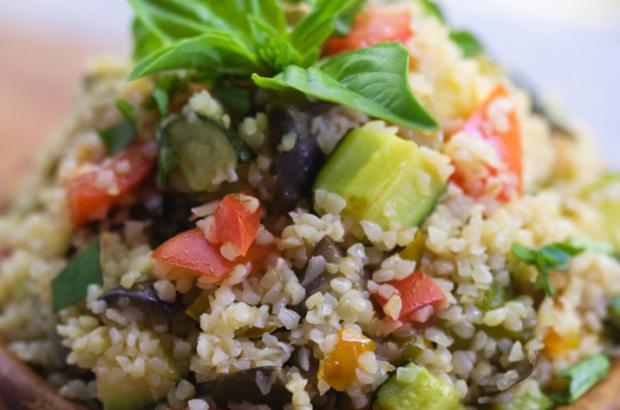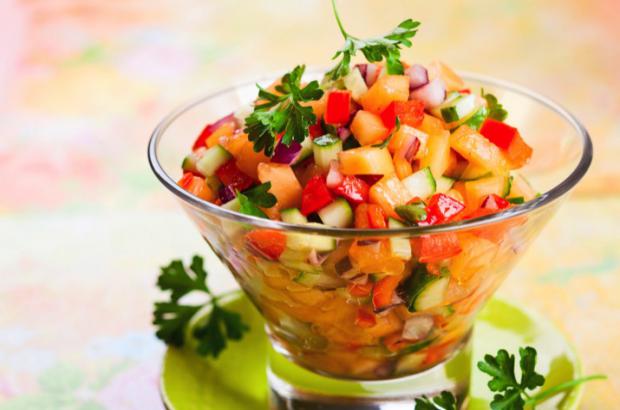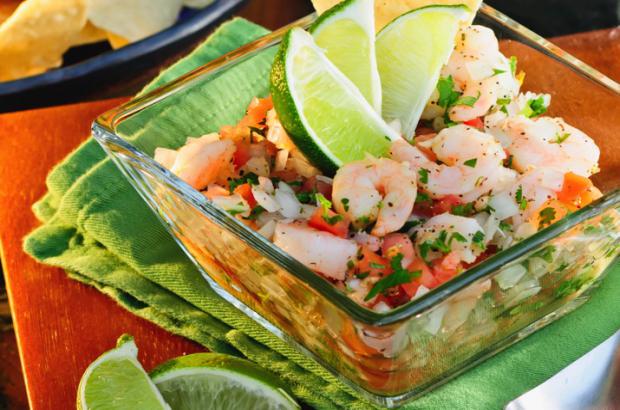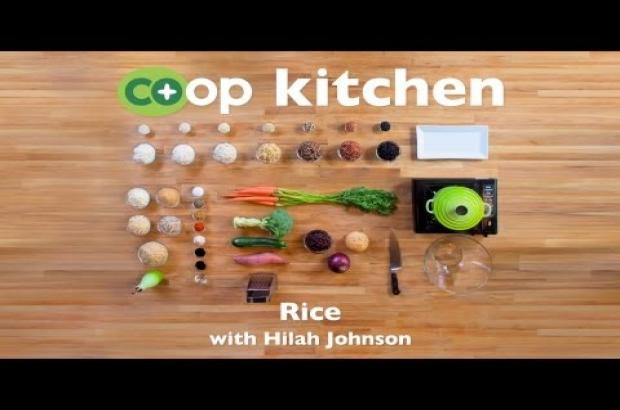Article
Melons
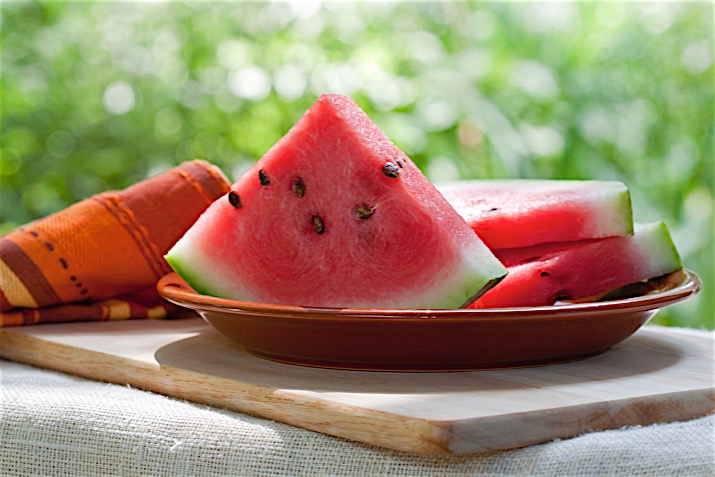
Composed of 92% water by weight, melon may be one of the last fruits you would expect to find growing wild in arid, sub-Saharan Africa. Yet that is one of the regions from which wild melons are thought to have originated, some 4,000 years ago! Thanks to discoveries of preserved seeds dating back to this period, melons have been traced to central, eastern, southern and western Africa, as well as the Middle East and India. Today people grow melons all over the world in a variety of climates with one common denominator: it has to get hot!
Nutritionally, melons are one of the best sources of water-soluble electrolytes (mineral salts like potassium, magnesium and manganese). Electrolytes work to restore our bodies’ hydration and chemical balance after a hard workout or a long day in the sun. Many popular sports drinks are marketed for this purpose but most also deliver a load of sugar, high-fructose corn syrup, artificial dyes and flavors. Compare this with melons which are naturally sweet, naturally delicious, and an outstanding source of vitamins A and C. What’s more, some varieties of melon, like watermelon, contain potentially beneficial plant pigments, which may act as antioxidants.
Although there are over 1,200 varieties of melon, the most common varieties of melon in the United States are watermelon, honeydew, and cantaloupe. Watermelon, which we generally think of as red and having many seeds, is also available in seedless, yellow and even orange-fleshed versions! Cantaloupe, which has a characteristic “netted” exterior and medium-dense orange flesh has a sweet, musky flavor and is sometimes referred to regionally as “muskmelon.” Honeydew, a pale green-fleshed melon with a sweet floral honey flavor, is a firmer-flesh melon that is excellent eaten fresh but also holds up to caramelizing on the grill. There are also orange-fleshed honeydew that taste very similar to green varieties.
There is no argument that fresh melon is a great way to end a meal on a hot day, it often stands in for dessert at picnics and barbecues, or in drinks by the pool. But melon can also take a place at the dinner table, year-round, as a featured element in salads, grain dishes, even soups! Try a refreshing twist on a classic Mediterranean salad with this unique Melon Tabbouleh, or graduate fruit salad from the ordinary to the best brunch dish ever with this tasty Summer Melon Salad with Mint and Prosciutto.
Melon can get fancy, too. This sweet and savory recipe for Cantaloupe Carpaccio tastes as good as it looks, plated on a bed of fresh arugula or tender greens. For a more whimsical treat, check out this easy recipe for DIY Fruit Flower Blossoms made by skewering pieces of melon that have been cut out to resemble flowers, and give someone special in your life a sweet bouquet.
How to choose a melon
Choosing a ripe melon can be tricky, and each type has its own tricks:
To select watermelon
Look for a creamy, butter-yellow spot on one side of the fruit. This is where it rested on the ground in the field. If this spot is white or pale green, the fruit is not yet ripe and will not ripen further. Once you find a watermelon with a creamy yellow patch, knock on the outside gently – the fruit should sound hollow and vibrate like a drum. This means that the flesh inside is still crisp. If it fails to vibrate, it is likely overripe.
To select a cantaloupe
Look for fruits that have a primarily tan or yellow “under coloring.” This means, underneath the rough “netting” on the outside, you see an even yellow color with no green. Cantaloupe that is green beneath its net will not be ripe. Finally, press your thumb gently near the stem-end of the fruit. If it has a bit of give, the texture should be perfect!
To select a honeydew
Honeydew has a unique property when ripe – the outside skin changes from smooth and hard to velvety and slightly tacky, similar to running your hand on raw (unpolished) silk or suede. This is the sugar content maturing and coming through the skin. Also, the fruits change from a pale, celery green exterior to a warm, yellow-green. It’s subtle, but still the best indicator of ripeness for honeydew.
Store melons at room temperature until ready to eat. You can store a very ripe or cut melon in the refrigerator to keep it fresh for several days, but it’s best eaten at room temperature for maximum flavor.

